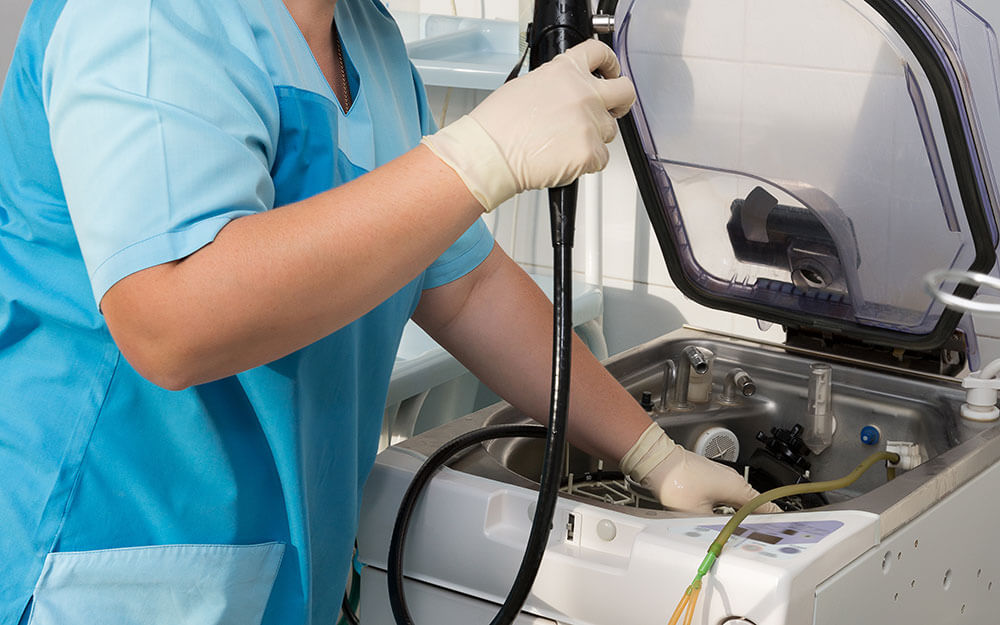
Though duodenoscope-associated infections have dominated recent news of endoscopy-related patient infection, bronchoscopes are not immune to the reprocessing challenges that put gastroenterology patients at risk.
A recent systematic review of endoscopy-associated patient infection considers single-use endoscopes a viable option for protecting patients from cross-contamination.
“A very important and relevant issue is the fact that it is still unknown which percentage of post-procedure infections is to be attributed to contaminated endoscopes,” according to the review published in Techniques in Gastrointestinal Endoscopy. “The use of single-use endoscopes would eliminate any risk of transmission from exogenous microorganisms. The use of disposable bronchoscopes and ureteroscopes has already been tested in clinical practice.”
Arjan W. Rauwers, Judith A. Kwakman, Margreet C. Vos, and Marco. J. Bruno wrote the review titled, “Endoscope-associated infections: A brief summary of the current state and views toward the future.”
Endogenous and exogenous infections can occur during diagnostic and therapeutic bronchoscopy procedures. A patient’s own microbial flora can cause endogenous infections, while exogenous infections can result from an outside source, such as a contaminated bronchoscope.
The true rate of bronchoscope-associated infection due to cross-contamination is unknown, largely due to a lack of surveillance. The U.S. Centers for Disease Control and Prevention notes that while the reported number of infections caused by bronchoscopy is very small, the incidence is likely underestimated as many cases go unrecognized or unreported.
The risk, while small, is difficult to ignore, as recent studies trace several multidrug-resistant outbreaks to contaminated bronchoscopes.
One way to limit the risk of exogenous infection is using partially disposable or fully disposable endoscopes, according to the review. Redesigning traditional endoscopes to allow for sterilization, rather that disinfection, may also prove effective.
“Ultimately, the actual risk of transmission of exogenous micro-organisms through contaminated endoscopes and the burden of worldwide antibiotic resistance patterns, relative to the cost-effectiveness of any one measure designed to reduce or abolish the risk of infection, will dictate which solution holds the future,” the review states.
Inadequate reprocessing causes flexible endoscope cross-contamination. Biofilm on endoscopes allows for dangerous organisms to thrive and even be protected from high-level disinfection – a standard part of the reprocessing procedure.
Experts blame the design of duodenoscopes for reprocessing inadequacies, particularly an elevator mechanism used to manipulate accessories during endoscopic retrograde cholangiopancreatography. While bronchoscopes do not have an elevator mechanism, biofilm can still form on the long channels of the instrument, or in and around cracks or broken areas of the instrument. Without adequate, immediate precleaning, all flexible endoscopes are subject to biofilm formation.
“To date, the ideal reprocessing method that guarantees absence of exogenous micro-organisms of reprocessed endoscopes with an acceptable turnover time while being safe for staff and endoscopes remains elusive,” the review states.


